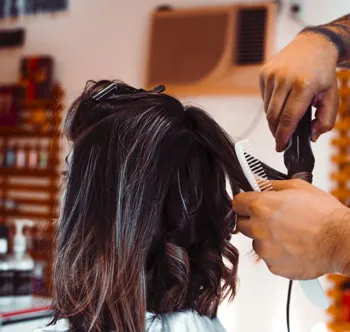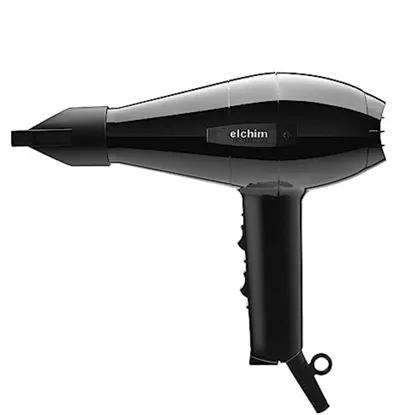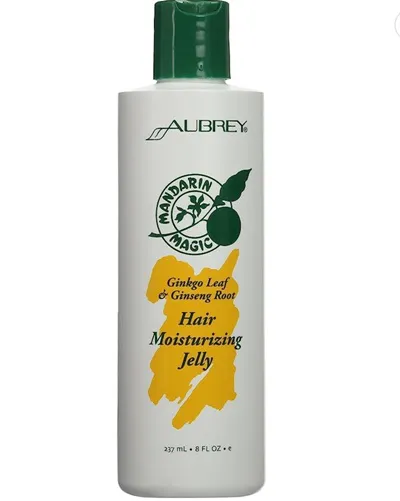Step 1 .Cleansing
Be careful not to cleanse too often, you risk over-cleansing skin, see signs you are over cleansing your skin. You really only need to wash your face at night to remove makeup and sunscreen, which can clog pores. If you have dry skin, consider cold cream like Pond's, which the French use or make your own organic cold cream using this simple cold cream recipe. Simply apply cream, then wipe off, no water needed (if you have hard water, it can be especially harsh on skin). Most women prefer the water method: Use warm water to loosen dirt and clogged pores. Use a dime-sized bit of cleanser, then rinse with cool or lukewarm water. I personally swear by my Clarisonic Mia, as does pretty much everyone I know who has one.
Step 2: Exfoliate
There are several exfoliating options that I use weekly. Here are my favorites:
A facial scrub. You can buy a great scrub or make your own. I prefer sugar scrubs to salt ones, but it's just a matter of preference. See my list of the best facial scrubs or try out a recipe using brown sugar and coconut oil in Make a Face & Body Scrub With Sugar and Oil.
A washcloth. Put a dab of cleanser and a sprinkle of white refined sugar on a damp washcloth and massage skin in a circular motion. After a quick rinse, any sign of dead skin is erased. If you have dry skin, try extra virgin coconut oil.
Microdermabrasion. You can buy microdermabrasion kits. I have and found quite a few I like. See my list of the best facial scrubs and microdermabrasion kits.
Chemical peels. In the hour it takes to get a chemical peel, you can take a year from your face. Can't afford the price tag for a monthly peel? Try some over-the-counter peels that work over the course of a month. I prefer MD Skincare's.
Retinoids. Retinoids (such as Retin-A or the more moisturizing Renova) also work by removing the top layer of dead skin cells while also generating collagen in the skin. "Collagen is the skin's structural fiber," dermatologist Dennis Gross said in O Magazine. "As we get older, it breaks down, creating lines and large pores." Skincare experts disagree on all sorts of things, but most of them consider retinoids to be a miracle skin saver. I'm addicted to Retin-A, which I pick up in Mexico on my yearly jaunts.
Should you use a toner? Some people swear by toners, but many beauty experts do not (I once read a skincare expert claim, "toners are only for copy machines"). Toners are meant to remove all remaining traces of oil, makeup and dirt, but a good cleanser should do this. I firmly believe it's up to you. If you like the way your skin feels with a toner. Buy it. Use it. Enjoy it.
Step 3: Moisturize
While I know of at least one famous beauty editor who swore skin doesn't need moisturizer, basically everyone else I've read disagrees and is an adamant believer in it. A basic rule of beauty is that if you have dry skin, you should invest in a basic moisturizer. So how much should you moisturize? Your skin will tell you. When your skin is tight, it's crying out for moisture. Be careful not to over-moisturize -- this can clog pores.
Moisture your body which is a must after every bath trey
New Vaseline total moisture is the best option. It has moisturizing cream with milk, honey, vitamin E & glycerine
Step 4: Apply Sunscreen
The no.1 cause of wrinkles is sun damage, so it's important to use a sunscreen of at least 30 SPF from your early years on even in winter and on cloudy days. A great trick is to purchase two moisturizers: One for night and one for day that includes UV protection. Don't use moisturizers with sunscreen at night, the ingredients are not meant to be used 24/7 and can aggravate skin. When choosing a sunscreen, make sure it contains Mexoryl (found in my favorite sunscreen La-Roche Posay) or Helioplex, found in Neutrogena products.
 Forum Home
Forum Home























